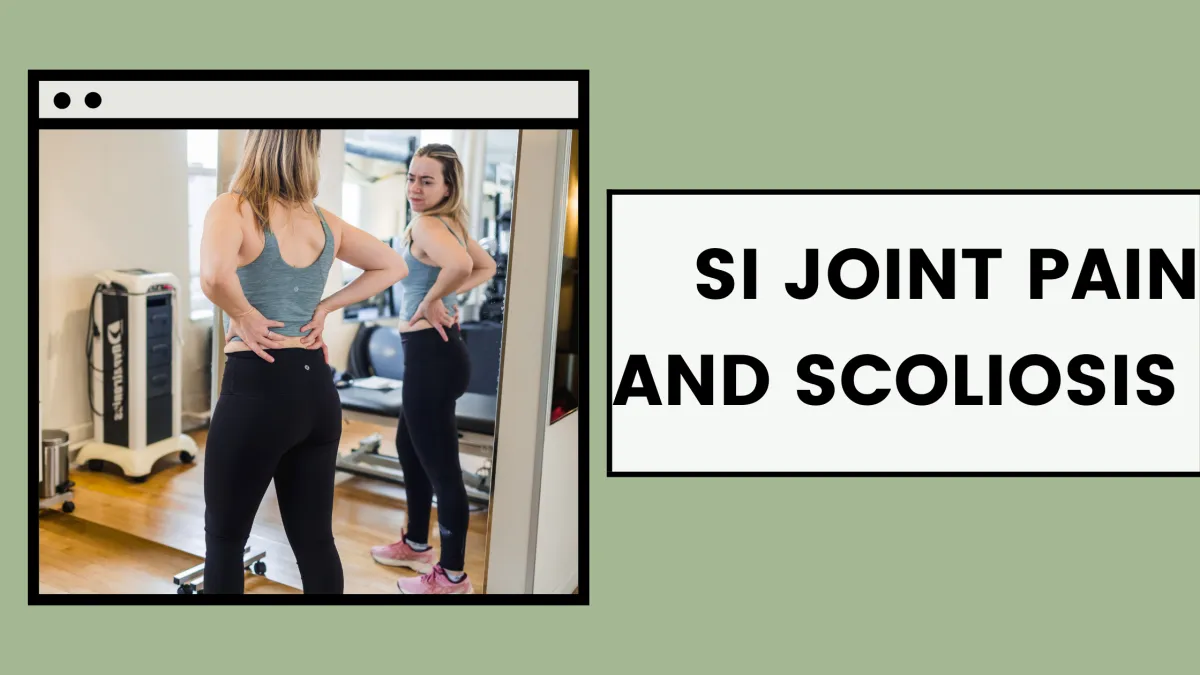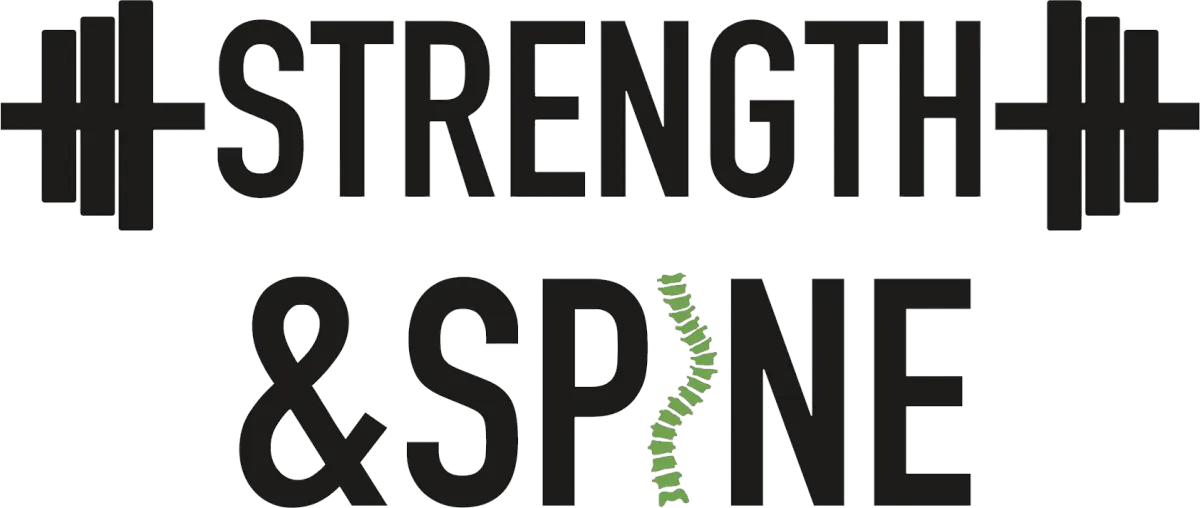Check Out The Latest Blog Posts To Learn More

Understanding the Connection Between SI Joint Pain and Scoliosis
Understanding the Connection Between SI Joint Pain and Scoliosis
Living with scoliosis can be challenging, but it becomes even more complex when accompanied by sacroiliac (SI) joint pain. If you're among those grappling with these conditions, understanding their connection is pivotal. This blog post dives deep into how SI joint pain interrelates with scoliosis, offering insights, practical tips, and exercises to help you manage your symptoms.
What is the Connection Between SI Joint Pain and Scoliosis?
Scoliosis, a condition characterized by an abnormal curvature of the spine, can significantly impact various parts of the musculoskeletal system. One area particularly affected is the SI joint, which connects the base of the spine to the pelvis. Studies, such as the one conducted by Zoran Šarčević and Andreja Tepavčević, have identified a strong positive association between adolescent idiopathic scoliosis (AIS) and SI joint dysfunction.
How Scoliosis Affects the SI Joint
When the spine curves abnormally, it can lead to an asymmetrical gait pattern. This uneven distribution of weight affects the SI joints, leading to imbalance and additional strain. Over time, this strain can cause inflammation, pain, and dysfunction in the SI joints. The case-control study involving young athletes found that those with AIS exhibited notable differences in pelvic positioning compared to non-scoliotic athletes, highlighting the biomechanical impact of scoliosis on the SI joints.
Do Patients with Scoliosis Experience More SI Joint Pain?
Yes, patients with scoliosis are more likely to experience SI joint pain and we have helped hundreds of clients reduce or even eliminate that pain. The abnormal spinal curvature leads to uneven pressure and stress on the SI joints, causing discomfort and pain. Additionally, the compensatory mechanics adopted by individuals with scoliosis to maintain balance further exacerbate the stress on these joints.
Why Scoliosis Causes Increased SI Joint Pain
The primary reason scoliosis increases SI joint pain is due to the altered biomechanics of the spine and pelvis. When the spine curves, it disrupts the natural alignment and movement patterns, forcing the SI joints to compensate. This compensation can lead to:
Increased Load and Pressure: The uneven distribution of weight causes one side of the pelvis to bear more load, leading to increased pressure on the SI joint.
Muscle Imbalances: Scoliosis can cause certain muscles to become overactive while others weaken. These imbalances contribute to improper joint mechanics and pain.
Inflammation: Chronic stress on the SI joint can result in inflammation, causing pain and discomfort.
Exercises to Reduce SI Joint Pain
While scoliosis and SI joint pain can be challenging to manage, specific exercises can help alleviate discomfort and improve joint function.
1. Hamstring Activation
Activating the hamstrings can help to stabilize the pelvis and SI joint
Start with 5 reps x 5 second holds
2. Pelvis re-alignment work
Helping to center the pelvis under your curve can help to relieve the uneven stresses on the SI joint. Perform with the ball opposite the side you see your pelvis sticking out on.
Managing SI Joint Pain with Scoliosis
While exercises are beneficial, managing SI joint pain in the context of scoliosis often requires a multifaceted approach.
Physical Therapy
Working with a physical therapist experienced in scoliosis and SI joint dysfunction can provide personalized treatment plans. Therapists can guide exercises, manual therapy, and modalities to improve joint function and reduce pain. You can book an online assessment with Dr. Beth here!
Pain Management
Over-the-counter pain relievers, anti-inflammatory medications, and topical treatments can provide temporary relief from SI joint pain. Always consult with a healthcare provider before starting any new medication.
Lifestyle Modifications
Incorporating lifestyle changes can significantly impact SI joint pain management:
Weight Management: Maintaining a healthy weight reduces stress on the joints.
Posture Awareness: Practicing good posture minimizes unnecessary strain on the SI joints.
Ergonomic Adjustments: Ensuring proper ergonomics at work and home can prevent aggravating SI joint pain.
Conclusion
Understanding the connection between SI joint pain and scoliosis is crucial for effective management. By recognizing the biomechanical relationship and implementing targeted exercises and treatments, individuals can significantly reduce pain and improve their quality of life.
If you're struggling with SI joint pain and scoliosis, don't hesitate to reach out! We work with clients to reduce and even eliminate SI Joint pain.
For more information and resources on managing scoliosis and SI joint pain, visit our website and join our community of empowered individuals taking control of their health. Together, we can overcome these challenges and move towards a pain-free future.
WE ARE
Strong with Scoliosis
Start today on an exercise program that helps you become empowered, strong, and confident in your scoliosis curve.
FIND US
Strength and Spine
Online Sessions and Coaching
We work with clients all over the world
*Please contact us for in-person appointments*

